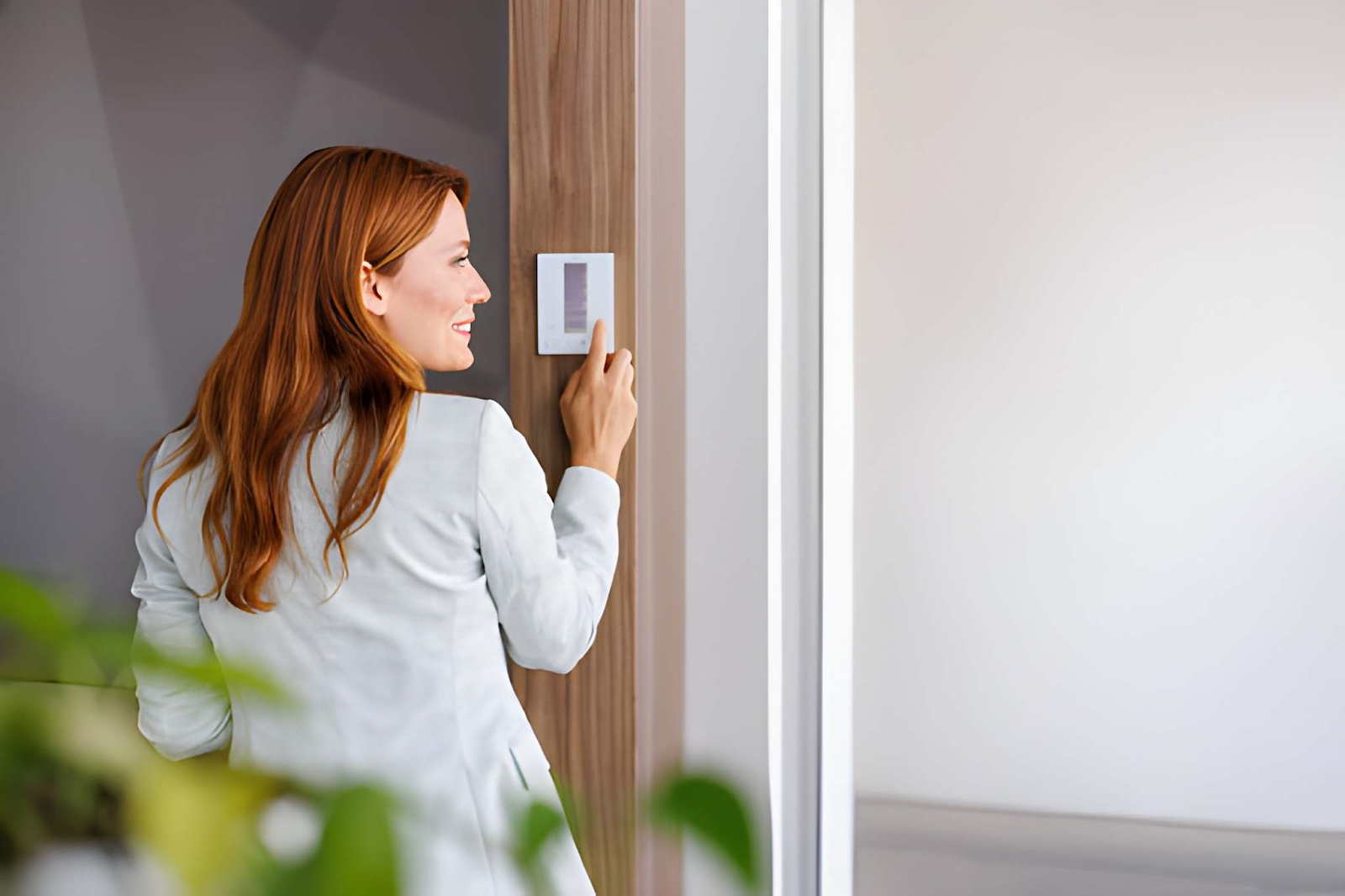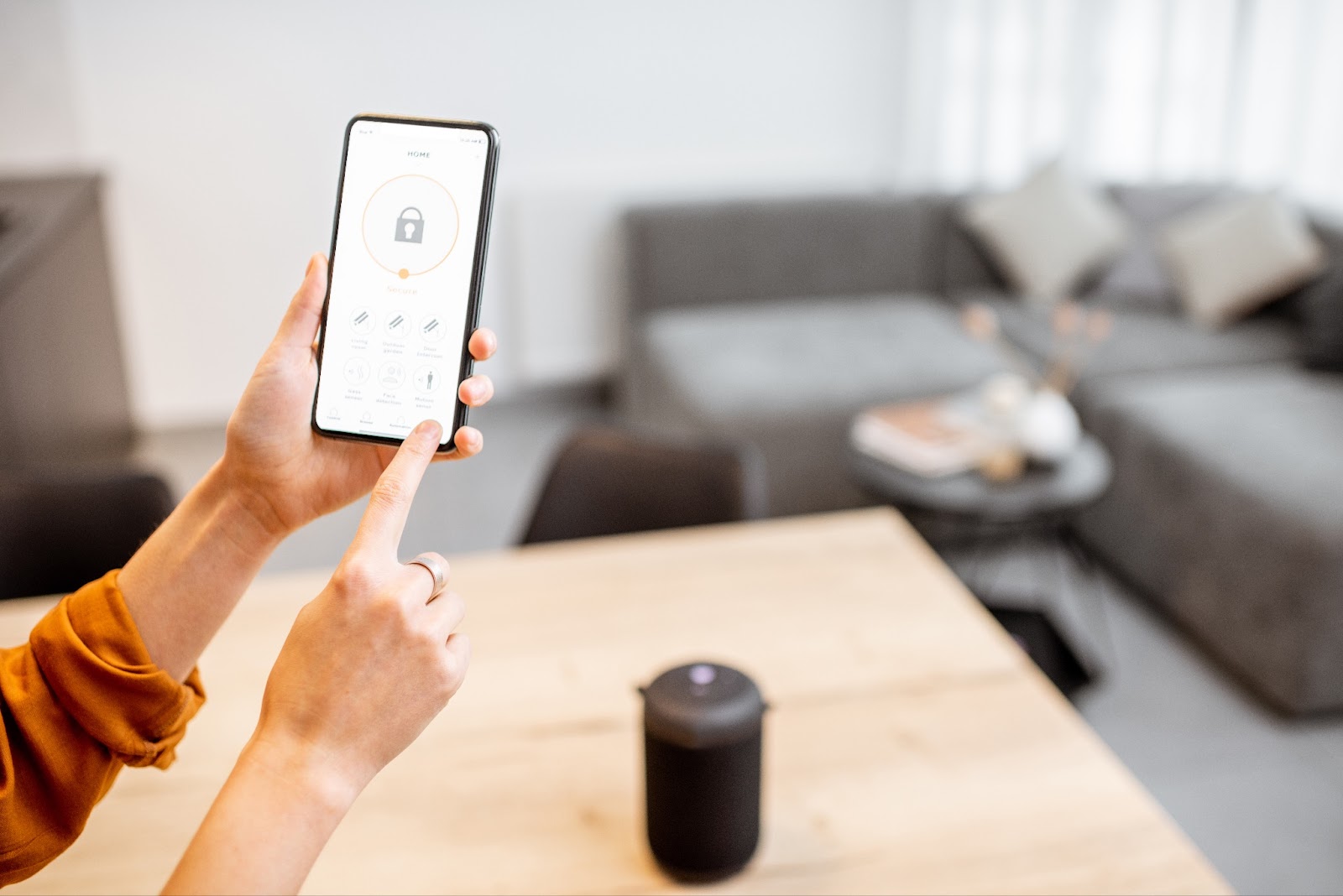The modern home is no longer just a place to live; it’s a hub of technology that offers convenience, security, and energy efficiency. As we step into 2026, smart home technology is evolving faster than ever, making it easier for homeowners to automate their living spaces, enhance lifestyle comfort, and even increase property value.
In this article, we explore 10 smart home features every modern homeowner should consider, why they matter, and how to integrate them effectively for a connected, future-ready home.
Why Smart Home Features Are a Must for Modern Homeowners

Increase Home Value and Resale Appeal
Smart home features are highly attractive to prospective homeowners. Homes with smart lighting, security systems, and energy-efficient appliances often command higher resale value, making these investments worthwhile.
Convenience and Lifestyle Enhancements
From controlling lights with a voice command to managing your home remotely while on vacation, smart home features simplify daily routines and add a level of convenience previously unimaginable.
Energy Efficiency and Sustainability
Smart devices such as thermostats, lighting systems, and energy monitors reduce energy consumption, lower utility bills, and contribute to a greener home.
Security and Peace of Mind
Smart locks, video doorbells, and surveillance cameras provide real-time monitoring, giving homeowners reassurance that their home and loved ones are safe, even when they’re away.
10 Smart Home Features to Consider in 2026
1. Smart Thermostats & Climate Control
AI-powered thermostats, zoned HVAC systems, and smart vents adjust automatically based on occupancy and weather conditions.Benefits: Comfort, energy savings, and remote control from your smartphone.
2. Smart Lighting & Smart Switches
Automated lighting systems allow you to schedule lights, create scenes, and even control brightness and color using voice assistants.Benefits: Enhanced ambiance, energy efficiency, and improved security when lights simulate occupancy.
3. Smart Security & Access Control
Video doorbells, smart locks, and surveillance cameras help you monitor entrances, track visitors, and secure your home remotely.Benefits: Increased safety, peace of mind, and the ability to respond to alerts in real-time.
4. Smart Window Coverings & Automated Blinds
Motorized blinds and shades can be scheduled or controlled remotely to manage sunlight, privacy, and indoor temperatures.
Benefits: Energy savings, enhanced privacy, and convenience.
5. Smart Kitchen & Connected Appliances
Smart ovens, refrigerators, coffee machines, and other IoT-enabled appliances allow remote monitoring and automation.
Benefits: Convenience, time savings, and efficient energy use in the kitchen.
6. Health & Wellness Smart Features
Air quality monitors, smart beds, and circadian rhythm lighting promote wellness, better sleep, and productivity.Benefits: Improved health, comfort, and a healthier indoor environment.
7. Smart Home Automation & Connectivity Hubs
Voice assistants, hubs, and integrated systems centralize control, allowing multiple devices to work together seamlessly.Benefits: Unified control, easy automation, and a connected ecosystem that adapts to your routines.
8. Smart Energy Monitoring & Sustainability Systems
Whole-home energy monitors, solar integration, battery storage, and EV chargers enable homeowners to optimize energy usage.Benefits: Lower energy bills, eco-friendly home, and long-term sustainability.
9. Smart Outdoor & Landscape Automation
Automated sprinklers, outdoor lighting, and pool systems enhance your outdoor space while improving efficiency.
Benefits: Curb appeal, convenience, and property value enhancement.
10. Smart Maintenance & Home Management Systems
Leak detectors, predictive maintenance systems, and alert notifications help prevent damage and extend the lifespan of home systems.
Benefits: Fewer surprises, peace of mind, and cost savings on repairs.
How to Prioritize Smart Home Features for Your Home
- Assess Your Home Size and Layout: Start with essential areas like security, lighting, and HVAC.
- Set a Budget: Decide between essential features and luxury upgrades.
- Consider Compatibility: Ensure devices work with your existing smart home ecosystem (Matter, Zigbee, Wi-Fi).
- Plan Phased Installation: Begin with must-have devices, then expand to optional features.
Prioritize Security and Privacy: Choose devices with encryption, secure cloud storage, and regular updates.
Do Smart Home Features Pay Off?
Investing in smart home technology is not just about comfort—it also adds tangible value. Studies show that homes with smart features can command higher resale prices, and energy-saving devices can reduce utility bills by 10–30% annually.
For modern homeowners in 2026, these upgrades are also a step toward a sustainable, energy-efficient lifestyle while future-proofing your property for evolving technology trends.

Common Pitfalls and How to Avoid Them
- Buying isolated devices that do not integrate with each other
- Ignoring cybersecurity measures
- Over-automation leading to complexity and frustration
- Not planning wiring or power supply for motorized devices
Tip: Focus on interoperability, ease of use, and devices backed by strong manufacturer support.
Smart Home Trends to Watch in 2026 & Beyond
- AI-Powered Home Assistants: Smarter predictive automation for convenience and energy management.
- Open Ecosystem Standards: Matter and Thread make cross-device compatibility easier than ever.
- Wellness-Focused Homes: Indoor air quality, lighting for circadian rhythm, and sleep-enhancing features.
- Subscription-Based Services: Integration of home automation as a service.
Ready to Transform Your Home into a Smart Home?

Discover how AT Smart Home can help you upgrade your living space with the latest smart home solutions. From automated lighting and climate control to smart security and appliances, our expert team will guide you every step of the way.
Explore Our Smart Home Solutions Today and take the first step toward a more convenient, secure, and future-ready home.





